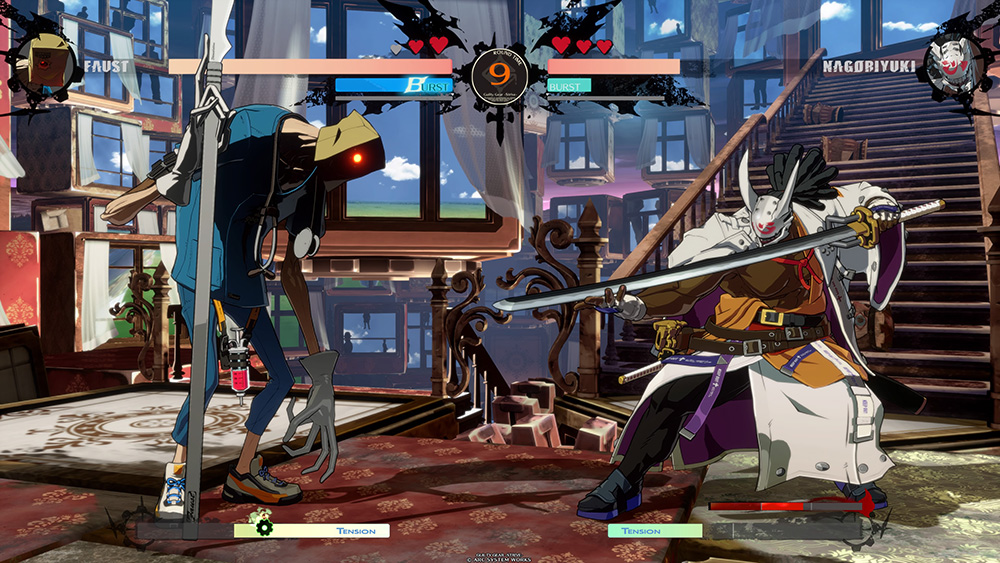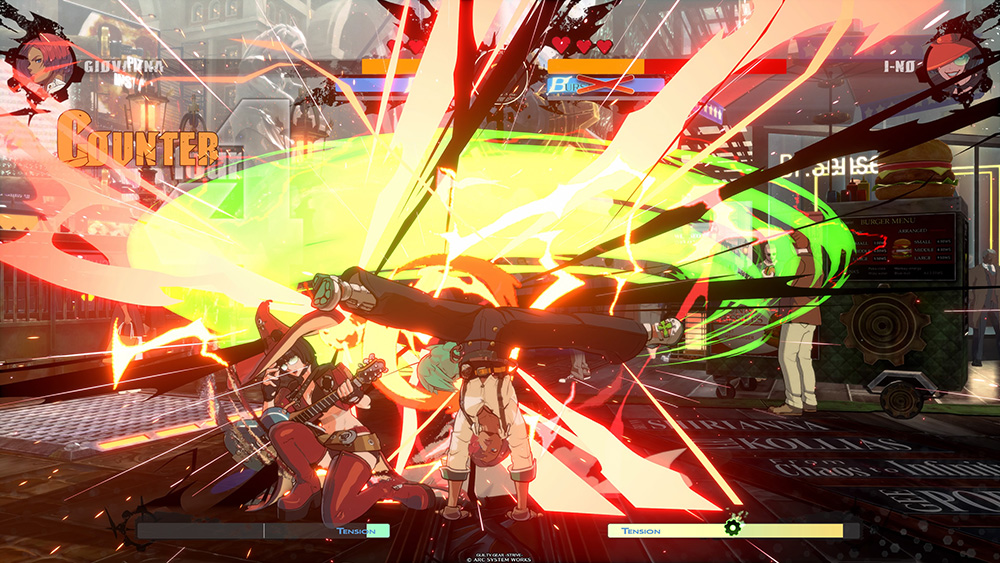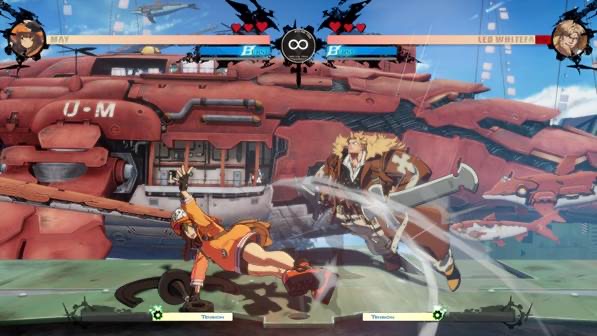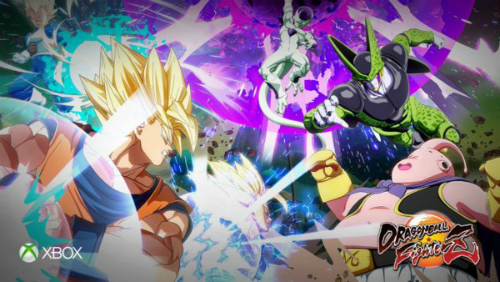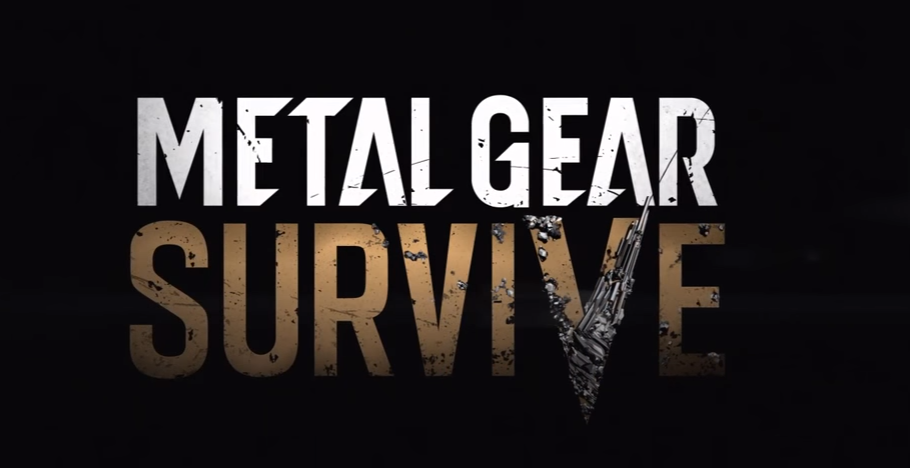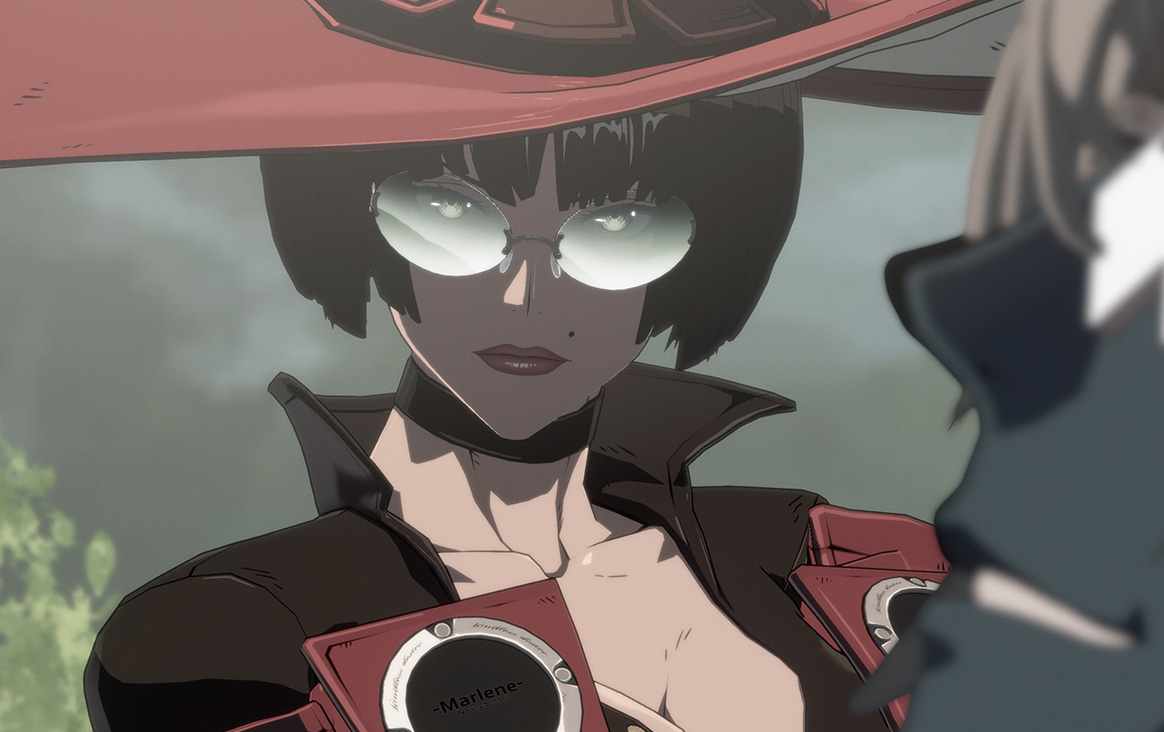
As a newcomer to the niche but highly-regarded Guilty Gear series, Guilty Gear Strive seemed like a daunting place to start. This is the climactic chapter to the 20-year ongoing densely packed narrative of the Guilty Gear franchise, which means comprehending the ins and outs of the setting and characters requires a lot of homework. However, developers Arc System Works’ have also taken great pains to make Guilty Gear Strive an entry that can re-introduce the series to a broader audience, making its mechanics more accessible and even finding ways to on-board its insane lore. With lots of love for fans and a lot of patience for Guilty Gear virgins, Guilty Gear Strive is ultimately just a lot of fun.
One thing I always knew about Guilty Gear through the years was that it looked amazing, and Strive doesn’t disappoint. The series is known for outstanding 2D anime visuals, before making the transition more recently into 3D-cel shaded models, and Strive is another leap forward from that. Using 3D environments and models allows the camera to pull off some truly dynamic shots, but the crispness and quality of the characters in 4K on PS5 genuinely means you can freeze-frame the game at any time and feel like you’ve just paused a hand-drawn anime. There’s a creativity to the entire design that gives everything a unique flavour, from Faust’s unpredictable and cartoonish motions to Ky’s sudden bursts of intense high-FPS animation, there are flourishes all over the place that make every character feel special. It’s only marred by an overly busy UI that’s frequently hidden behind other elements on-screen in fights, making it hard to monitor sometimes what’s actually going on. The music, too, is pretty incredible. Series’ creator Daisuke Ishiwatari, who also composes for the games, has some bizarrely catchy tracks in Guilty Gear Strive, that frequently mash up metal, rock, just straight-up Queen and a variety of influences to make some legitimately memorable tunes.
As mentioned, the game’s story is the climax to a long-running story that’s been told through various games, audio dramas and supplementary material. I watched a three-hour lecture on the lore to prepare for the game and, helpfully, the game also comes with an encyclopaedia which includes a glossary of characters and terms, timelines, and relationship webs that show just how everything connects. While I did a lot of homework, the good news is that even without all that, the story mode is still a riot. In a strange move for those used to Mortal Kombat and Injustice, it’s completely non-interactive, instead presented as a four-hour long series of cutscenes, separated into ten episodes that resemble a season of anime. While it’s somewhat limited by what the artists can do in-engine, there’s still a great deal of artistry here and even some involving storytelling, as the narrative spins into an anime version of Olympus Has Fallen with shades of The Dark Knight and End of Evangelion. There’s tense moments, well-directed action and some thought-provoking conversations. It’s also completely batshit insane, which counts for a lot, even if it can sometimes feel like you’re entering the cinema having not seen the first half of the movie, or the previous six movies in the series.
There’s an extensive training and mission mode to introduce people to the mechanics of Guilty Gear, which greatly helps you to get up to speed on what is traditionally a very technical series. The mission mode forms its own little sub-game, dividing the techniques it teaches players into islands they can visit as they increase in difficulty, injecting some fun into what can be a bit of a grind in other games. Guilty Gear has a lot of familiar elements, like a ‘Tension’ bar, which is essentially your Super bar you build up to pull off special moves. The more technical aspects you need to get your head around are the most rewarding though: precise-nanosecond timings in blocking and counters, and particularly learning to make effective combos and use Roman Cancels, a unique feature to the series that lets players cancel out of the last bit of an attack animation to keep their combo going – at the cost of some of their bar. There are also some just plain fun additions here, like Wall Breaks, as seen in other games like Dragon Ball FighterZ and Injustice, as you can slam your opponent so hard into the edge of a stage you can access several whole new areas.
Arc System Works have helpfully marked each of the characters with a rating out of five stars, marking to how easy they are to pick up and play. Characters like Ky and Sol, as series’ mascots, are more welcoming, although Ky now has a few more tricks in his arsenal thanks to a ‘Dragon Install’ super mode he can activate. Somehow I seem to be the best with Faust, since his odd shambling animations can easily catch opponents off-guard, and make it easy to quickly close the distance and gain an upper hand. There are two new characters joining the ranks in Strive – Nagoriyuki who is a cyborg-vampire-samurai with his own ‘blood rage’ meter to unleash more powerful attacks, and Giovanna, a special forces operative with a wolf-like spirit attached to her, who’s a lot quicker and easier to handle. At 15 characters, the roster isn’t exactly tiny, although after playing through the Story mode it does feel slim, as there are several ultra-cool characters shown off there who will undoubtedly be making appearances in future DLC packs, along with more legacy characters from the series. While the choice on offer here is good, it can get better, and Strive forms a good base from what I can imagine will be a great expansion of characters.
Alongside standard Arcade and Versus modes, Guilty Gear Strive’s network play is a bit of an odd duck. After you agree to the mountains of paperwork to activate the online mode, you create an 8-bit avatar that will explore the network ‘tower’. Depending on how you perform, you get assigned to a certain level of the tower, able to access levels above yours, but not any below (unless your ranking decreases) so as not to overpower less experienced players. You literally walk your avatar around floors of this tower lobby to find other players waiting to fight, who you can then challenge and get into a match. It looks cute, but it doesn’t control great, which can be irritating if you’re racing to get to a challenge spot but get beaten by someone else. I’ve also had a fair share of network issues and glitches in the lobby, although hopefully these are all things that are just early teething issues, as the actual netcode during fights is pretty solid. There are a bunch of selectable servers around the world, including Oceania, which unfortunately was fairly sparsely populated at the time of this review.
Guilty Gear Strive is infectiously charming, with a great streak of rampant creativity running throughout almost every part of its design. It’s stunning to look at, great fun to learn and get good at, and often hilarious to laugh along with. There are some small niggles here and there, with a weird lobby system and a non-interactive slab of a story mode, as well as what feels like a (for now) slim roster. However, it’s also a game that’s just solidly entertaining and rewarding to play, enough to definitely prime me for the Fighter Passes and any other improvements Arc System Works want to throw our way. But most importantly, Guilty Gear Strive is balls-to-the-wall crazy, and I loved that about it.
-Excellent visuals and soundtrack -Fun, unique fighter with well-made training wheels for newbies -Insane story mode
-Somewhat slim roster, though that will be expanded with future DLC -Crowded UI -A weird lobby system

